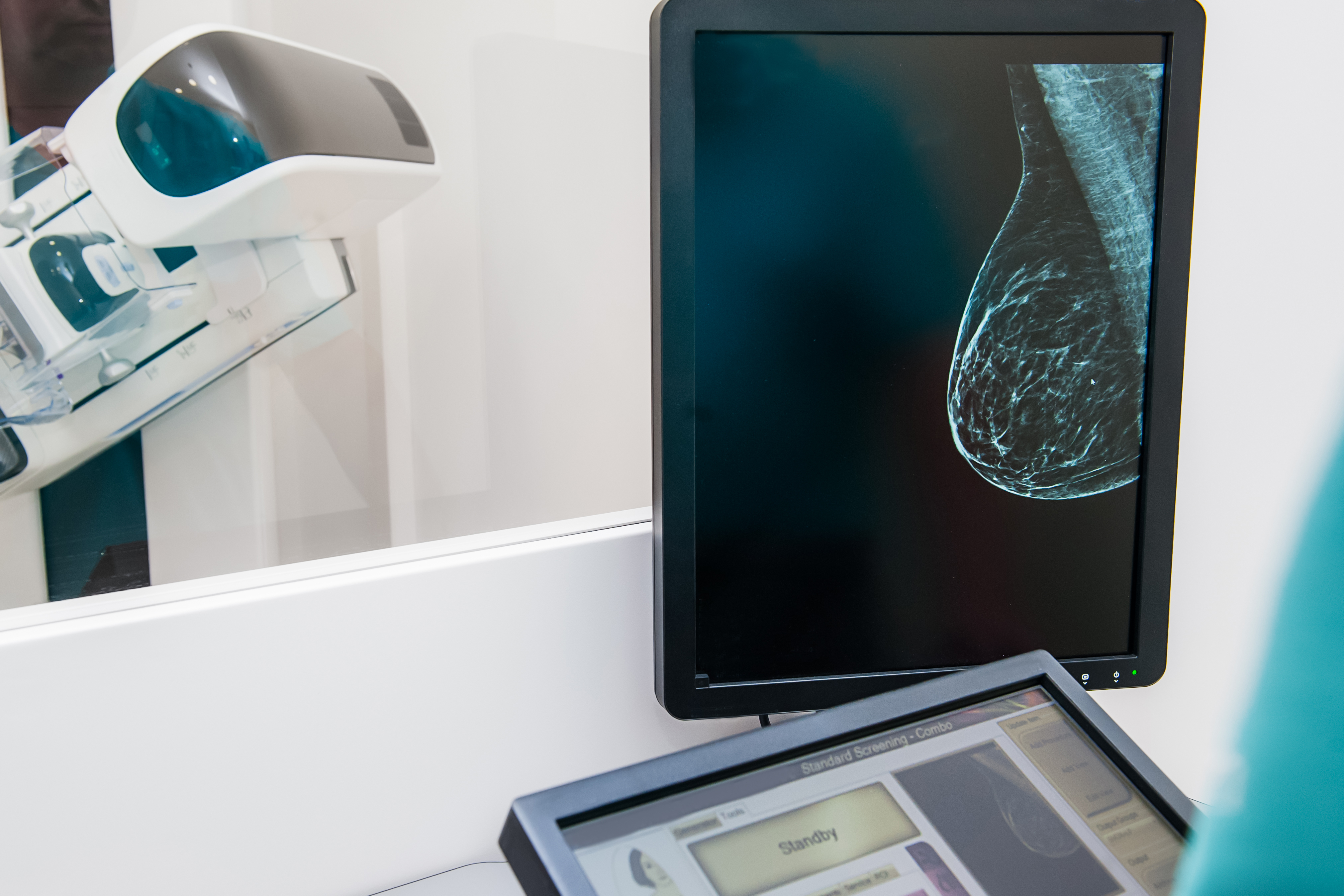New Brunswick, N.J., September 24, 2020 – Each year, the month of October is dedicated to highlighting the importance of breast cancer awareness, education and research. According to the American Cancer Society, breast cancer is the most common cancer diagnosed among US women and is the second leading cause of death among women after lung cancer. While researchers continue to make advancements in cancer detection and treatment for breast cancer, one of the best ways to tackle the disease is through early detection and screening with mammography.
Breast cancer is the abnormal growth of cells in the breast tissue. When cancer arises in breast tissue and spreads outside the breast, cancer cells are often found in the lymph nodes near the armpit. If the cancer has reached these nodes, it may mean that cancer cells have spread to other parts of the body.
There are several risk factors associated with breast cancer. As with many other diseases, risk of developing breast cancer increases as you get older. You may be at high risk if you have a mother or sister who developed breast or ovarian cancer or if you have multiple family members who developed breast, ovarian or prostate cancer. Talk with your health care team for more information about your personal risk of breast cancer.
Pay attention to breast cancer warning signs. Early disease usually does not cause pain. As the cancer grows, symptoms may include a lump or thickening in or near the breast or in the underarm area, change in the size or shape of the breast, or tenderness. Other symptoms include nipple discharge or the nipple pulled back into the breast, or a change in the way the skin of the breast, areola, or nipple looks or feels (warm, swollen, red, or scaly).
The most effective screening tool for breast cancer is a mammogram. This method of screening can detect breast cancer before there are any signs or symptoms. According to the American Cancer Society, it is recommended that women ages 45 to 54 at average risk for developing breast cancer should have a mammogram annually. Talk to your health care provider about what screening frequency and at what age to begin is appropriate for you.
Take charge of your breast health. Get screened. Remind someone you love to get screened. Learn more at rwjbh.org/mammo.
Mridula George, MD is a medical oncologist in the Stacy Goldstein Breast Cancer Center at Rutgers Cancer Institute of New Jersey.
